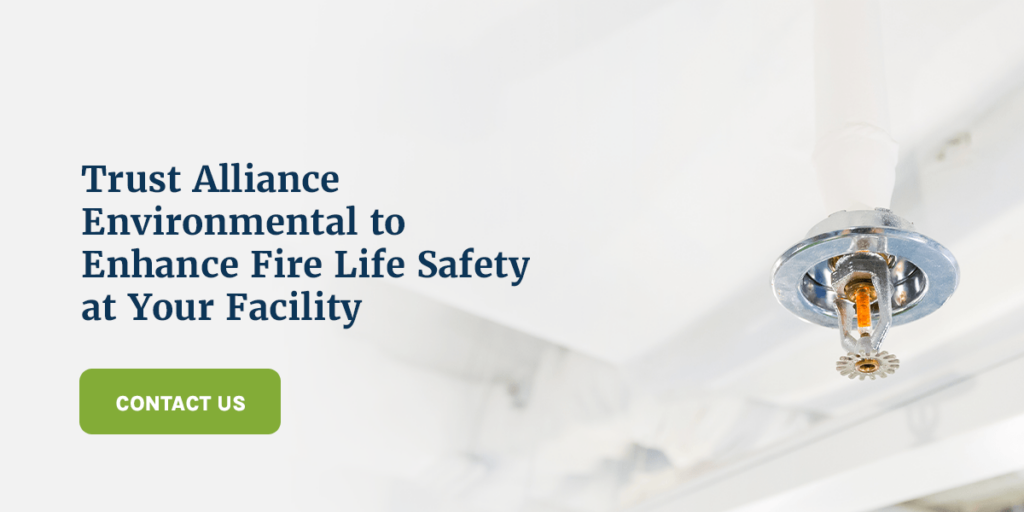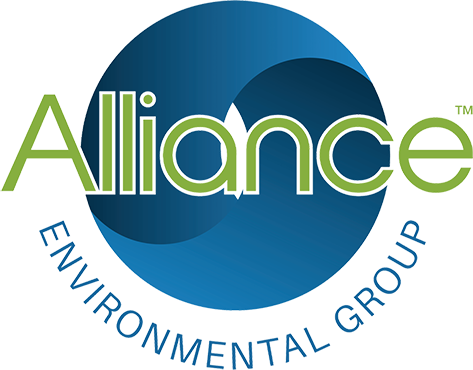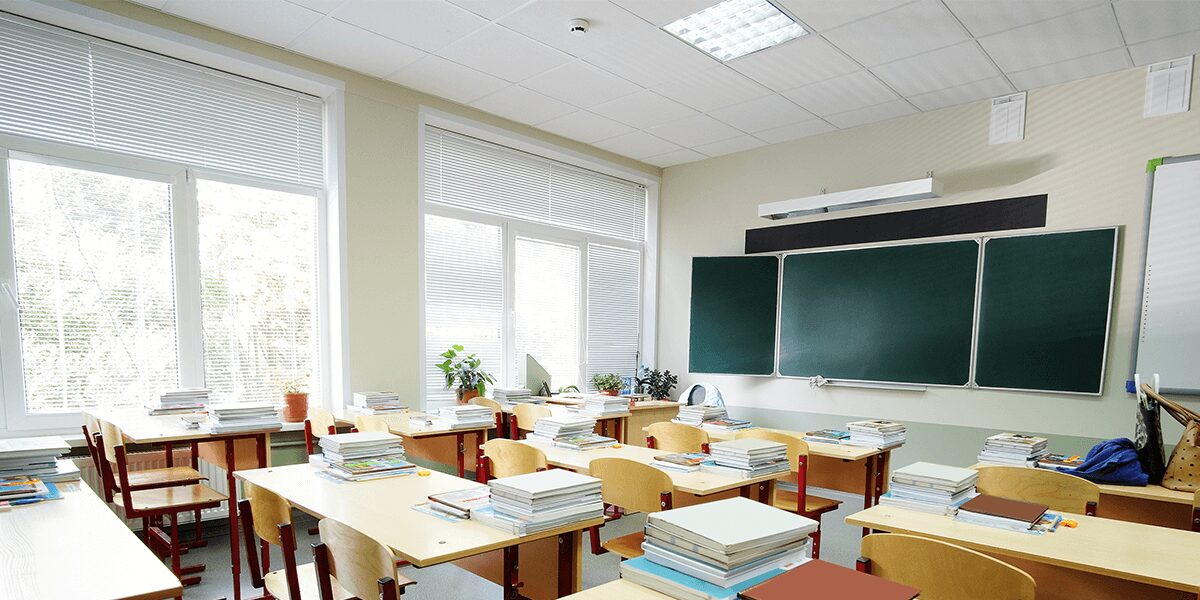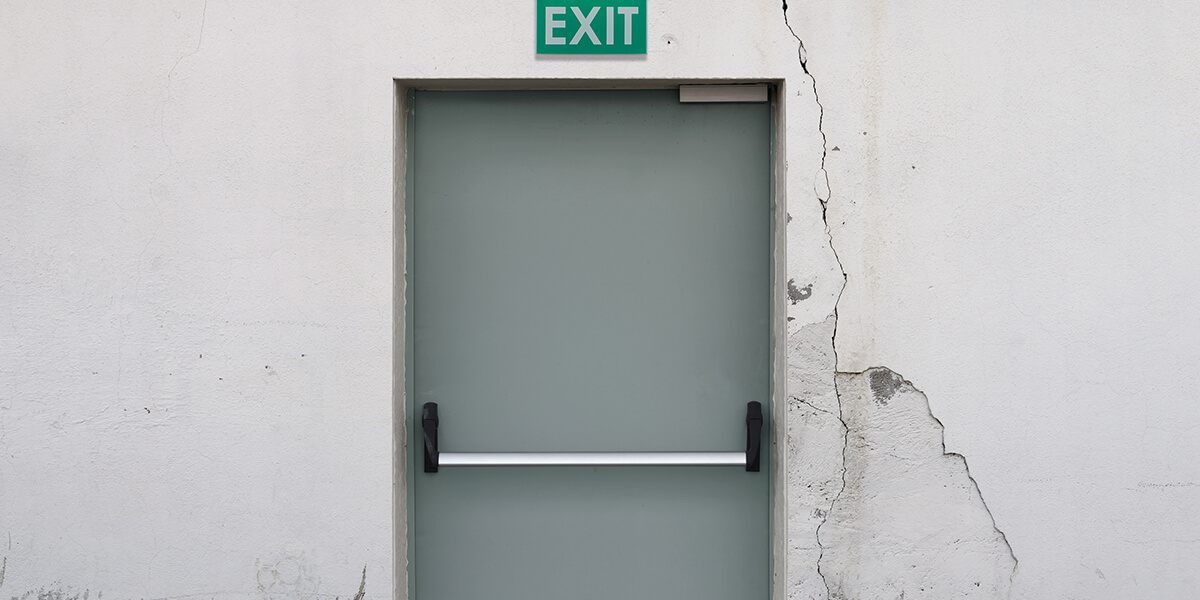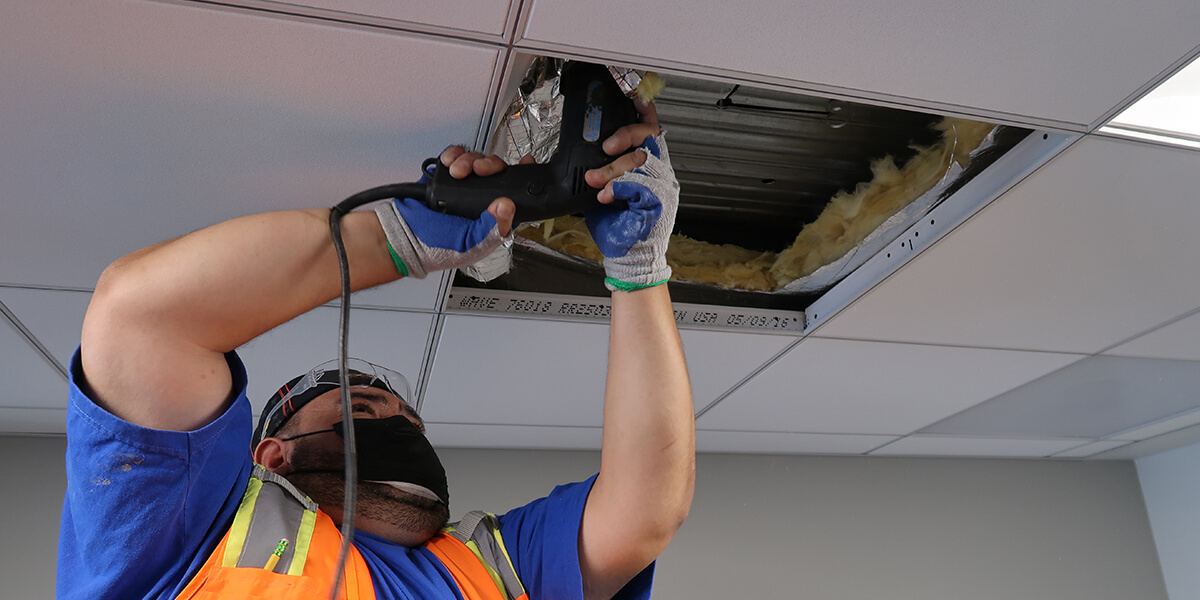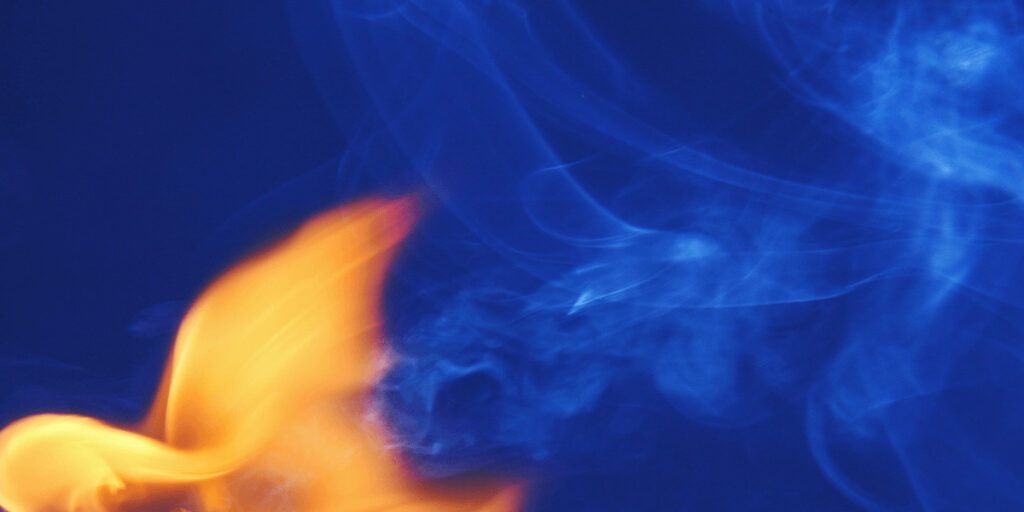
Over the last 10 years, fire death rates in the United States have increased by 18%. Not including business interruptions, these fires have resulted in billions of dollars in direct property damage. Improving fire safety is vital to saving lives and assets, and it starts with education. Understanding how a fire starts and spreads can help you protect everyone in your facility with the proper safety measures.
Despite what is often portrayed on the big screen, fire behaves very differently from what you see in the movies. Proper knowledge of the science of fire can help you prevent and control a crisis. As a business owner or property manager, the safety of everyone in your building is a top priority. You can become better prepared in the event of a fire by using fire-resistant materials and staying compliant with fire life safety services.
How Fire Works: Physics and Chemistry
A fire can be described as a rapid oxidation process or chemical reaction that occurs when three elements are combined — oxygen, heat and fuel. This is known as the fire triangle.
Of course, fuel sources like wood or gasoline don’t always catch fire even though they’re surrounded by oxygen. The element of heat must be at a certain intensity, known as the ignition temperature, for the material to combust. The exact ignition temperature will vary depending on the material and its thermal surroundings.
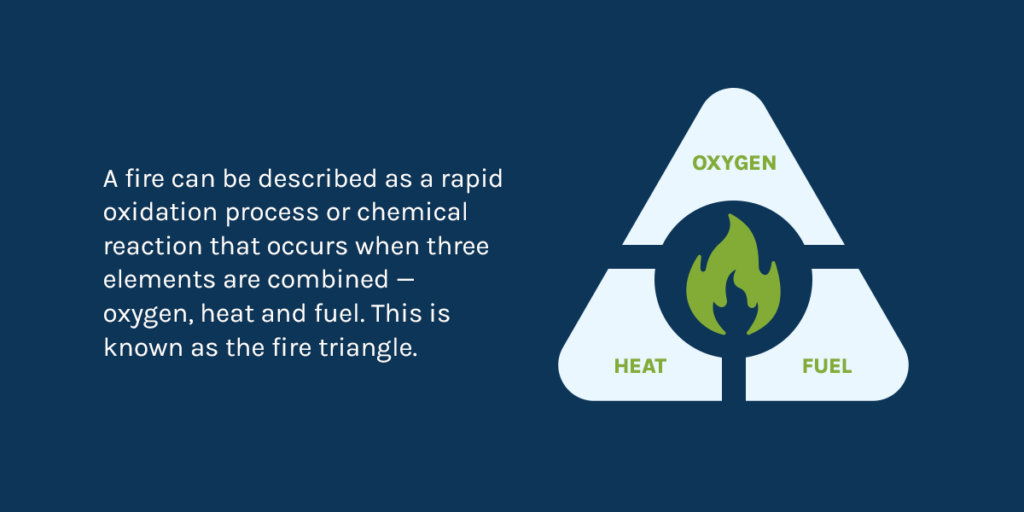
Let’s use a bonfire as an example. The wood must be heated to a very high temperature. Common heat sources include:
- A lighter
- A match
- Friction from grinding materials together
- Focused light, such as using a magnifying glass
- Another burning object, such as a candle
Once at the ignition temperature, the heat slowly decomposes the material in the wood, releasing it as a gas and creating smoke. The unburnable materials in the wood become char and ash.
Fires are a dangerous force because they’re self-perpetuating. Once combustion occurs, the fire will continue to burn as long as there’s fuel and oxygen. Additionally, the heat of the fire maintains the ignition temperature, allowing it to spread. Due to gravity and cooler surrounding air, the hot gases in the fire move upward toward lower pressure. This is why flames have a tapered or pointed tip.
The color of the flames indicates their temperature. Ironically, blue flames are the hottest, and red flames indicate cooler temperatures.
Fire Dynamics
Fire dynamics identifies how fires start, spread and behave in various settings. These elements help professionals understand how fire interacts with its surroundings. The fundamental components of fire dynamics include:
- Fire ignition: A fire ignites when enough combustible vapors come from a material’s surface at an ignitable range. However, certain materials can give off these vapors even at room temperature. For example, cigarettes can easily ignite at a gas station, which is why it’s illegal to smoke while filling up your car’s tank.
- Room fire dynamics: Fire growth and intensity are significantly impacted by the surroundings. For instance, a room full of fire-resistant materials will cause a fire to spread much slower, but a room filled with flammable materials can quickly become engulfed in flames.
- Smoke: Often, the first sign of a fire is dark, pungent smoke. Smoke itself plays a dangerous role in fire behavior because it can cause significant damage before the fire even enters the room. Smoke in a building can obscure visibility, making it difficult for people to find their way to safety. Additionally, smoke inhalation can quickly incapacitate individuals and cause loss of consciousness.
Measures of Fire Behaviors
There are several other parameters that may be used to measure fire behavior, which include:
- Flame length: The length of a flame is the distance between the middle point of the base of the flame at ground level to the flame tip. Flame length tends to fluctuate according to the fuel source, weather and topography of the land.
- Flame height: The height of a flame is the vertical distance from the ground to the leading tip.
- Flame rate of spread: The longer a fire burns, the more it heats up its fuel source. As a result, this allows it to travel across a liquid or solid surface at a greater flame spread rate. Flame spread is a cyclical relationship. More fire leads to more heat, which causes more spreading.
- Heat release rate: Also known as flame intensity, this refers to the heat a material gives off when it burns. The heat release rate causes fires to burn faster and hotter. The more surface area, the higher the heat release rate. For example, a campfire has a high heat release rate because it takes little heat to ignite.
Fire Ignition Sources
As you’ve probably noted, the three elements that create fires are often present in most industrial and commercial workplaces. Oxygen is present everywhere, which can make eliminating fire hazards and risks extremely challenging. Risk is even greater in hospitals and healthcare facilities that require oxygen for patient needs.
Power tools, outlets, circuits and electrical cords are considered heat sources. Fuel includes anything that will burn when exposed to heat, such as:
- Cardboard boxes
- Pallets
- Clothing
- Furniture
- Oil
- Paper
- Paint
- Lasers
- Fiberoptic lights
- Heated probes
- Electrosurgical devices
- Defibrillators
- Cleaning chemicals
- Gasoline
- Alcohol-containing solutions
The Importance of Fire-Resistance Materials and Equipment
While no building is completely fire-proof, using fire-resistant materials can prevent fire spread and streamline evacuation. Fire-resistant materials are treated with chemicals or synthetic fibers that resist ignition, even under prolonged exposure to flames.
These materials and equipment can also help achieve safer working conditions and wiser fire emergency protocols in public buildings. Fire-resistant construction materials like concrete, brick and fire-resistant glass can reinforce your building and protect it from fire.
You can also prevent fires and minimize damage or injury with fire life safety services, including:
- Installation of fire suppression systems, fire extinguishers, fire doors and fire dampers
- Fire damper inspection and repair
- Fire door replacements
- Fire barrier surveying
- Asset tagging
- Fire sprinkler head cleaning
These services protect your employees, customers, patients and visitors. Additionally, they ensure your fire protection systems function properly in compliance with fire safety laws. Relying on professionals to install these protective devices and following preventative measures can help you avoid disaster. Partnering with the right team will also ensure you receive regular inspections.
Trust Alliance Environmental to Enhance Fire Life Safety at Your Facility
Fires can start and spread instantaneously. Maintaining compliance with fire safety regulations can prevent injury, building damage and loss of life. At Alliance Environmental, we take fire life safety seriously. It’s our goal to ensure your building is protected with high-quality fire safety system equipment.
We offer inspections, recertifications, repairs and many other fire life safety services. If your business is located in Arizona, California, Nevada, Oregon or Washington, you can rely on our team of certified experts to improve workplace fire prevention. Contact us today to learn more about our environmental remediation services or request a quote to get started.
